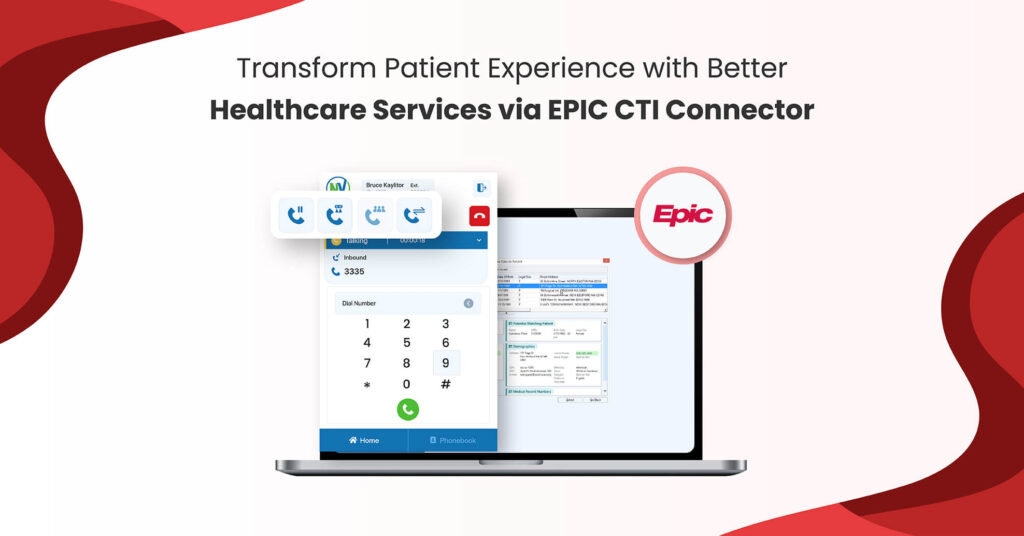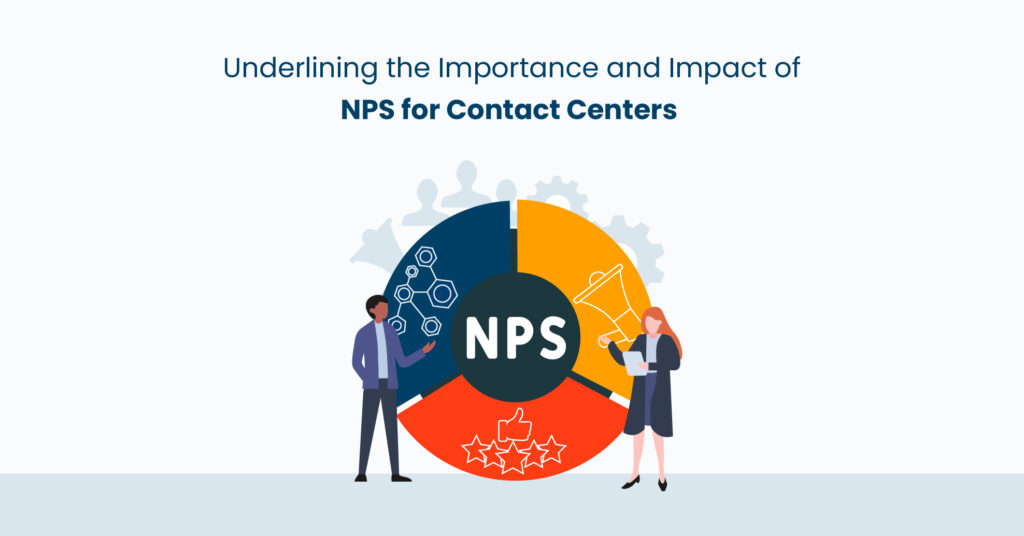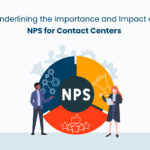
In the modern computing era, software integrations are extremely common. This era is characterized more by applications that can “play well” with other applications, rather than stand-alone applications that only address a specific need or solve only a particular problem.
Such integrations help to create a more unified software stack that is more flexible, scalable, and cost-effective. They also increase the functionality and usefulness of independent applications.
All these benefits are particularly visible in contact center settings. Deep contact center software integrations seamlessly connect disparate business-critical systems to break down operational siloes and streamline contact center processes. Equally important, they eliminate common challenges that inhibit agent efficiency, productivity, and performance.
Productivity Challenges for Contact Center Agents
In any contact center, agent productivity is closely intertwined with business profitability and growth. Many metrics or key performance indicators (KPIs) are used to calculate agent productivity. These include first call/contact resolution rate (FCR), average handling time (AHT), customer satisfaction (CSAT) score, missed-call rate, average time in queue, and service level. These metrics measure how well agents are performing and to what extent they are efficient, productive, and able to deliver great customer experiences (CX).
All these KPIs are negatively affected when agents have to toggle between multiple disparate systems or constantly switch screens to find relevant data and interact with customers. Toggling and switching force agents to spend more time on administrative tasks than on focusing on customers and resolving their queries. Moreover, forced multitasking creates mental blocks that can cost as much as 40% of a person’s – and this includes agents – productive time. Further, the unnecessary delays and “switching costs” caused by too many – not to mention outdated – tools also increase AHT/average time in queue/missed-call rate, decrease FCR/CSAT/service level, and ultimately, lead to a deterioration of CX and contact center performance.
Tough targets, a stressful work environment, and demanding customers are also common challenges in modern contact centers. These issues also affect agent productivity and performance, and their ability to retain information and provide good customer service. In the worst cases, they lead to agent burnout and ultimately, increase agent attrition rates.
Omnichannel presents another challenge for contact center agents. It’s not enough for a contact center to embrace the omnichannel strategy which requires robust omnichannel tools, workflows, and information. Without these resources, agents struggle to engage seamlessly with customers over multiple channels, which then impacts their performance and the overall customer service experience.
| Also Read: Contact Center Integrations Bringing Systems Together to Offer Customer Support Faster than Ever |
Fortunately, there is a way to resolve these challenges and maintain productivity KPIs at desired levels: contact center integration.
How Contact Center Integration Positively Impacts Agent Productivity and Performance
Integrating disparate tools and systems helps to create a more connected and agile contact center wherein information and operational silos don’t exist (or are at least minimized) and processes are more streamlined and predictable.
Furthermore, with custom contact center integrations, agents don’t have to switch screens as they look for information, or perform time-consuming repetitive activities. Instead, integrations consolidate systems and applications and also automate repetitive processes, so agents can save time and engage in more productive customer-focused tasks.
Also, integrations provided by a contact center solution provider like NovelVox enable key systems to seamlessly communicate with each other and generate powerful synergies that would be impossible with standalone applications. For example, Cisco contact center CRM integration equips agents with key customer information and CRM tools within the contact center solution so they can engage in contextual conversations and deliver personalized support. Moreover, they can do this from a unified interface and without switching screens, and thus connect with audiences across any channel while increasing their productivity and efficiency.
Similarly, integrating the contact center solution with a CRM/CSM application such as ServiceNow using a ServiceNow CTI connector simplifies ticket management and enables agents to handle calls without leaving the ServiceNow environment. Further, the CTI connector delivers numerous capabilities including integrated call dispositions, click-to-dial, screen transfers, and automated call logging so agents have everything they need to be productive and ensure enhanced experiences for every caller.
| Also Read: 4 Integration Challenges for Modern Contact Centers |
Wrap Up
In modern contact centers, seamless integrations enable agents to easily access the systems and tools required to facilitate personalized customers interactions and deliver great CX across any channel. Plus, the integrated information allows brands to not just connect the disparate apps but create unique workflows for agents to amplify efficiency and streamline service operations. Know how NovelVox integrations are enabling leading Cisco, Avaya, Genesys, Five9, Dialpad and Amazon Connect contact centers in optimizing performance while delivering superior CX.
Was this post useful?

Himanshu Suri
Recent Posts
Sign Up for Newsletters
Subscribe to our free newsletter and get blog updates in your inbox
Categories
- Agent Experience (12)
- Career Blogs (20)
- Contact Center Solutions (68)
- Contact Center Wallboard (15)
- Conversational AI (19)
- CTI Connector (45)
- Customer Experience (57)
- CX Scoop (4)
- Digital Engagement (22)
- Events (2)
- Infographic (6)
- Product Release (4)
- Unified Agent Desktop (29)





























